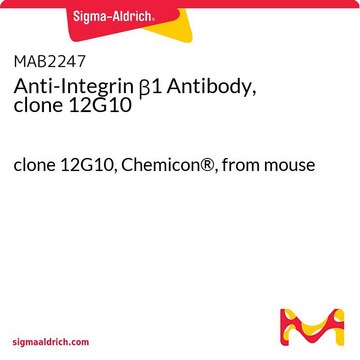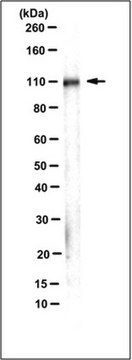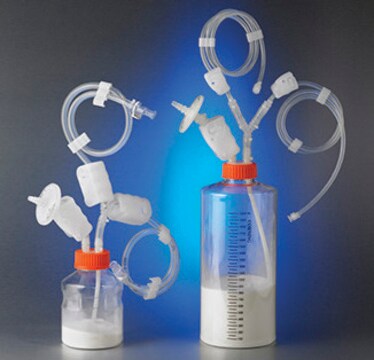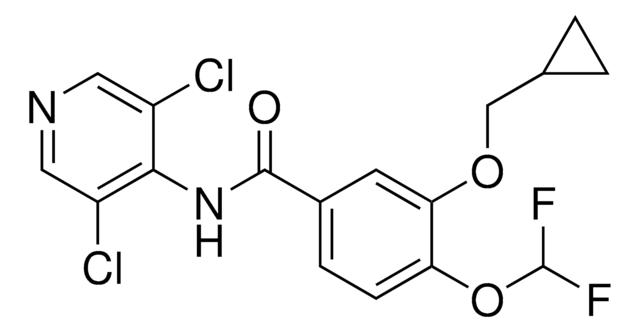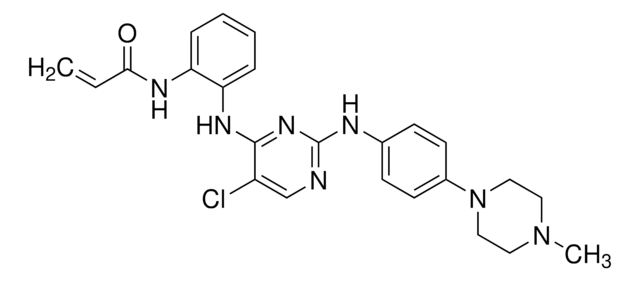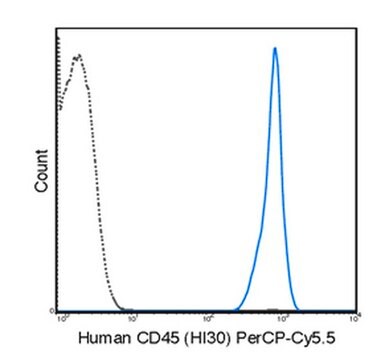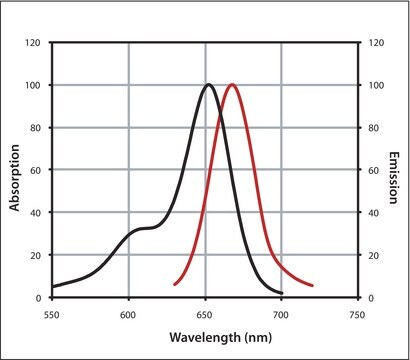General description
UL16-binding protein-like transcript 1 splicing variant (UniProt: Q330P3; also known as MULT1, MULT-1, ULBP1) is encoded by the Ulbp1 gene in murine species. MULT-1 is a MHC Class I-like molecule that serves as a high affinity ligand for natural Killer Group 2D (NKG2D) receptor. It is a type I transmembrane protein that is synthesized with a signal peptide (aa 1-25), which is subsequently cleaved off to generate the mature form. Its transmembrane domain is localized to amino acids 124 to 146 and its extracellular domain contains an alpha 1 and alpha 2 like domain with two intrachain disulfide bonds. MULT-1 expression is reported to be low or absent in normal adult tissues, however, under conditions of stress and in tumor cells its levels are elevated. Many tumor cells are shown to release soluble NKG2D ligands through proteolytic shedding, alternative splicing, or exosome secretion. In mice MULT-1 is shown to cause NK cell activation and tumor rejection. Mice subjected to cytomegalovirus (MCMV) infection display strong expression of Ulbp1 (Mult1) gene, but surface expression of MULT-1 is nevertheless completely abolished by the virus. Fc receptor fcr-1 is reported to down-regulate MULT-1 levels by interfering with surface MULT-1 and causing its subsequent degradation in lysosomes. This effect of Fcr-1 can be completely abolished by imipramine (Cat. No. I0899), which blocks AP2-mediated clathrin pathway. (Ref.: Lenac, T., et al. (2006). J. Exp. Med. 203(8); 1843 1850; Krmpotic, A., et al. (2005). J. Exp. Med. 201(2): 211-220; Deng, W., et al. (2015). Science. 348(6230); 136-139).
Specificity
Clone 1D6 is a rat monoclonal antibody that detects UL16-binding protein-like transcript 1 splicing variant in mouse.
Immunogen
Epitope: extracellular domain
Recombinant fragment corresponding to 186 amino acids from the extracellular domain of murine UL16-binding protein-like transcript 1 splicing variant (MULT-1).
Application
Anti-MULT1, clone 1D6, Cat. No. MABS1906, is a rat monoclonal antibody that detects UL16-binding protein-like transcript 1 splicing variant and has been tested for use in ELISA, Flow Cytometry, and Immunocytochemistry.
Immunocytochemistry Analysis: A representative lot detected MULT1 in Immunocytochemistry applications (Lenac, T., et. al. (2006). J Exp Med. 203(8):1843-50; Krmpotic, A., et. al. (2005). J Exp Med. 201(2):211-20).
Flow Cytometry Analysis: A representative lot detected MULT1 in Flow Cytometry applications (Lenac, T., et. al. (2006). J Exp Med. 203(8):1843-50; Krmpotic, A., et. al. (2005). J Exp Med. 201(2):211-20).
ELISA Analysis: A representative lot detected MULT1 in ELISA applications (Sheppard, S., et. al. (2017). Nat Commun. 8:13930; Krmpotic, A., et. al. (2005). J Exp Med. 201(2):211-20).
Research Category
Signaling
Quality
Evaluated by Flow Cytometry in Splenocytes from BALB/c mouse.
Flow Cytometry Analysis: 1 µg of this antibody detected MULT1 in one million splenocytes from BALB/c mouse.
Target description
27.59 kDa calculated.
Physical form
Format: Purified
Protein G purified
Purified rat monoclonal antibody IgG2a in buffer containing 0.1 M Tris-Glycine (pH 7.4), 150 mM NaCl with 0.05% sodium azide.
Storage and Stability
Stable for 1 year at 2-8°C from date of receipt.
Other Notes
Concentration: Please refer to lot specific datasheet.
Disclaimer
Unless otherwise stated in our catalog or other company documentation accompanying the product(s), our products are intended for research use only and are not to be used for any other purpose, which includes but is not limited to, unauthorized commercial uses, in vitro diagnostic uses, ex vivo or in vivo therapeutic uses or any type of consumption or application to humans or animals.


